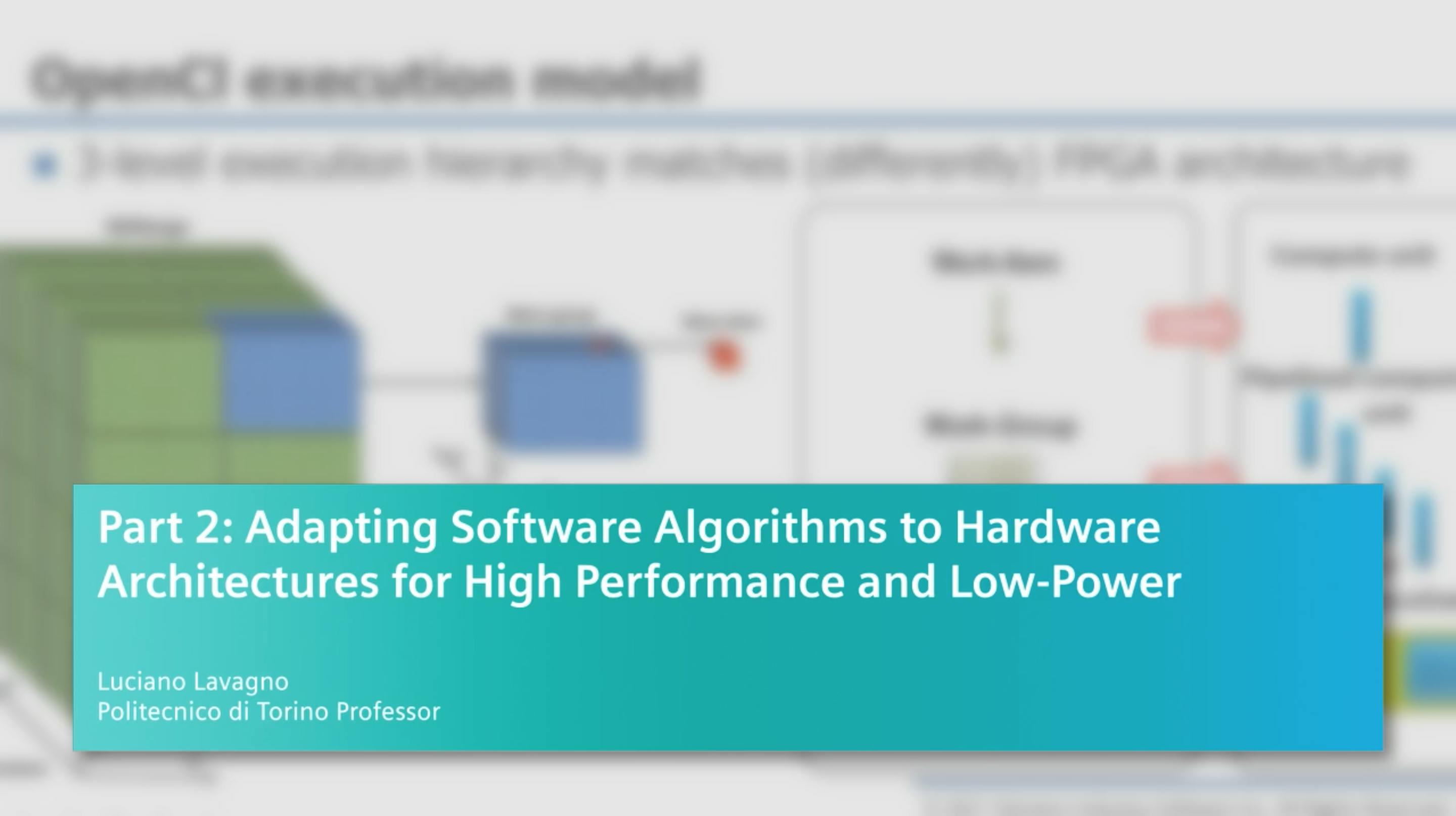GPUs and DSPs offer very high-parallelism and impressive memory bandwidths, within the scope of a fully programmable platform. However, they need to fetch and decode every instruction, and must have a relatively fixed architecture, which leads to wasted energy. The Single-Instruction-Multiple-Data architecture of most high-performance GPUs also leads to reduced performance and reduced energy efficiency when threads can take different execution paths (the so called "divergence" problem).
FPGAs, on the other hand, provide a fully customizable architecture. For example, the precision of each computation can be tailored specifically for the application at hand. Moreover control is fully application specific and hardwired. Finally, their memory architecture can be specialized as much as needed, much beyond the DRAM/SRAM/register hierarchy that DSPs and GPUS provide.
Design costs stemming from low-level RTL design and the difficulty to reuse a significant portion of past designs have been a significant adoption hurdle for FPGAs in rapidly evolving application domains. This has recently changed, thanks to the advent of high-level synthesis, which allows a design team to quickly explore one or several highly optimized architectures from essentially the same software model, written e.g. in CUDA or OpenCl, that has been used to implement the same algorithm on a CPU or GPU. A very broad set of highly optimized low-level libraries written in these languages (e.g. CUBLAS, CUDNN, ...) is available to ease the task of accelerating machine learning, computer vision, image recognition, database search and other applications on FPGAs.
Who should attend:
- Programmers interested in learning how to efficiently implement highly
parallel applications on FPGAs
What you will learn:
- Code optimization strategies to efficiently map OpenCl and C++ code
on FPGAs - Difference between memory architectures on GPUs and FPGAs
- How to select the best platform for the application at hand
- Migration path to ASICs when the algorithms are consolidated and
manufacturing costs must be reduced
主讲嘉宾简介

Luciano Lavagno
Professor
Luciano Lavagno received his Ph.D. in EECS from U.C.Berkeley in 1992. Luciano co-authored four books and over 200 scientific papers. He was the architect of the POLIS HW/SW co-design tool and one of the architects of the Cadence CtoSilicon High-Level Synthesis tool. He is a professor with Politecnico di Torino, Italy and, also, a consultant for the Catapult High-Level Synthesis group of Siemens EDA. His research interests include High-Level Synthesis, HW/SW co-design, and design tools for wireless sensor networks.


